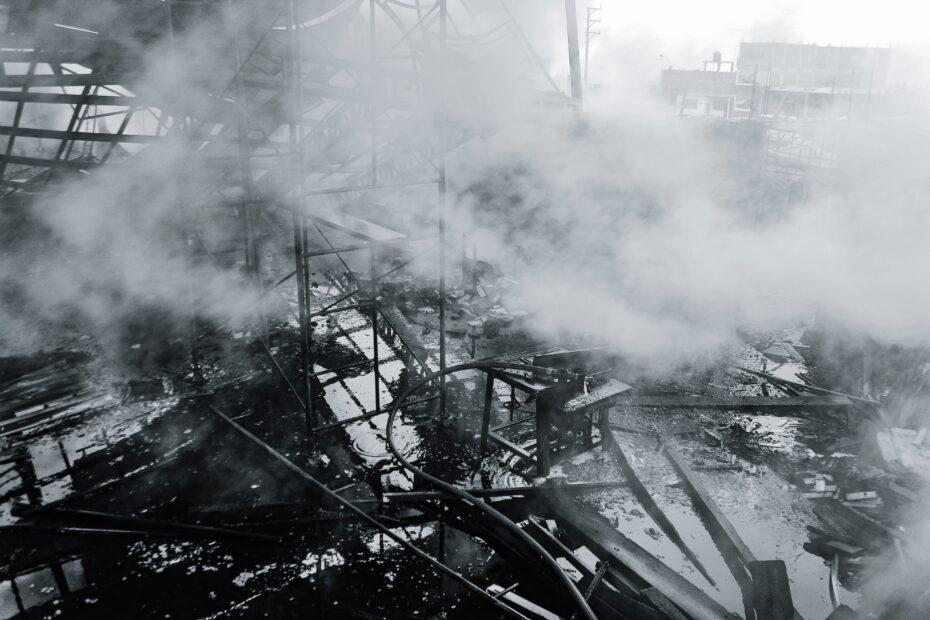Table of Contents
Create a Family Disaster Plan for First 72 Hours After a Catastrophe
In light of the recent devastating earthquakes worldwide, and the alarming tsunami warnings, one is certainly reminded of the need to have an emergency and earthquake survival preparedness kit for the home and work place.
With a little planning, a family can prepare themselves for the unthinkable disaster while preserving peace of mind that their basic needs will be met in times of disaster. The home disaster kit will serve families in times of earthquakes, power outages, storms, home evacuations and other natural disasters.
Create a Family Communication Plan
A family communication plan is designed to ensure that all family members are able to get in contact with each other. Make sure that children know their first and last names, their addresses and phone numbers, and parents email addresses.
If children are too young to communicate, it’s a good idea to have identification tags attached to backpacks, lunchboxes, or other personal belongings that identifies the child and gives parent contact information. I.D. bracelets are a good idea for small children who are unable to communicate their parents’ contact information.
In case of disasters, families should designate an out of town relative to be their contact person. This person would serve as the person family members would call if they are not able to get in touch with members of their immediate household. All family members should know this person’s phone number, address, and email address.
It’s also important that all family members know the contact phone numbers for each person in their family for home, work, and school. Emergency contact information should be given to the children’s school and daycare. If phone lines are busy, family members need to be reminded to try again later as phone lines tend to get flooded during an emergency.
Assemble an Emergency and Earthquake Survival kit
According to the American Red Cross, prior to putting together an emergency kit, a family should know what types of natural disasters are likely to occur in their geographical region. They should also have a family disaster plan and have practiced it, and have an emergency survival kit. Additionally, at least one family member should be proficient in CPR/AED.
Emergency kits for urban survival may be purchased directly from the American Red Cross, or emergency kits can be put together piece by piece to serve a family’s needs. The easiest way to get started is to get a large duffel bag or plastic tub, and fill it with the basic emergency supplies. Home emergency survival supplies needed during a disaster include:
- Backpack or duffel bag
- Battery powered flashlight or lantern with extra batteries
- Battery powered radio and batteries
- Emergency blankets or sleeping bags
- Power bars or freeze dried meals (These can be found Outdoors & Sporting Goods Stores)
- Heavy gloves
- Light sticks (3 sticks can last 12 hours)
- Baby wipes of moist disposable cloths
- Breathing Masks
- Plastic sheeting or tarp
- Rain Ponchos
- First Aid Kit
- Duck Tape
- 2 quarts of Water per person and a 2.5 gallon Water Container
- Whistle
- Personal Hygiene supplies such as shampoo/body wash, wash cloth, toothbrush and toothpaste, comb, and deodorant
Home Evacuation 72 Hour Emergency Supplies
When disaster strikes, one may find himself in a frenzy trying to accumulate all of the needed supplies to evacuate a home or to “shelter in place.” Home Evacuation 72 Hour Emergency Supplies include:
- Change of clothes for each family member
- Coats, jackets, and other warm clothing
- Sunscreen and hats
- Sleeping Bags for each person
- Infant and children’s supplies such as formula, diapers, baby food, snacks, blankets, and a few toys for comfort
- First Aid Supplies including prescription medications, or other needed medications
- Food and bottled water
- Emergency Money
- A solar charger for cell phones and laptops may also be helpful
Furthermore, it’s a good idea to store copies of important documents in a safe location such as a safe deposit box or with a trusted family member out of town. The American Red Cross suggests that copies of important documents include birth certificates, marriage certificates, home owner insurance documents, life insurance documents with beneficiary information, and copies of one’s will.
Emergency & Earthquake Safety Checklist
Natural disasters can strike anywhere, and are almost always unexpected. One thing is for sure, there will be more earthquakes, floods, storms, and other rumblings from “mother nature.” It’s extremely important for families to take the necessary steps to protect themselves and to be ready for such occurrences by reviewing the American Red Cross’s Earthquake Safety Checklist.
Putting a family emergency and earthquake survival plan together will certainly help calm down frantic children and parents as all family members jump into action armed with all of the practice and preparedness that they have put into place.
